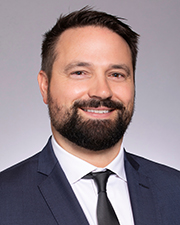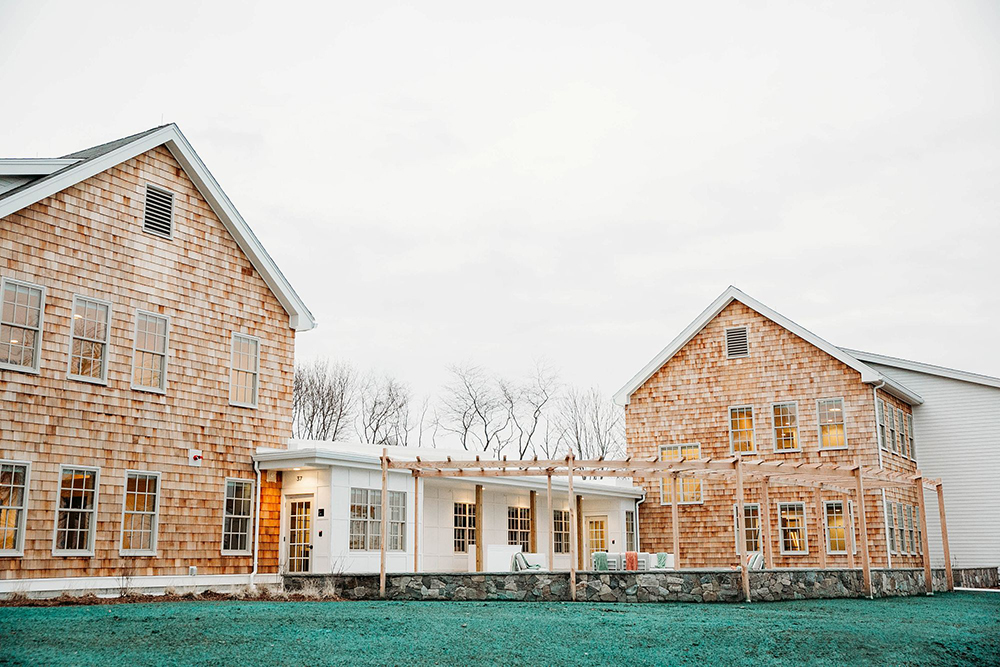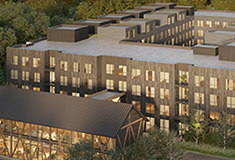News: Financial Digest
Posted: October 10, 2007
Fantini & Gorga releases 3rd quarter 2007 lender survey
Fixed-rate spreads - the difference between mortgage rates and treasuries with the same maturity - increased uniformly over the quarter. For full loans - at 80% or of a property's value for most transaction types, or 75% for hotels - the increase was in the range of 10-20 basis points (bps). This rise comes on top of a second quarter increase of 5-10 bps. For some of the very conservative loans, sized at 60% of less of a property's value, the increases were even greater: 20-25 bps. With few exceptions, the days are gone when borrowers could expect a spread of 75-100 bps on a conservative loan. Most high-quality transactions today are being priced in the 105-135 bp range.
This higher loan pricing for commercial and multifamily loans results mainly from the sub-prime home mortgage debacle. The jitters rippled through the bond market and reached commercial mortgages through the securitized lenders. Here's how it worked.
The securitized lenders we survey get their funding through the public bond markets. The lenders themselves - mostly Wall Street investment firms and very large banks - originate the loans, then package them in pools of several hundred loans totaling billions of dollars. The pool itself is then sliced into numerous pieces, called "tranches," each of which is a bond sold in the public market. In this way, hundreds or even thousands of bond investors provide the funding for ordinary mortgage loans. All this money flowing into mortgages has brought down the price of borrowing dramatically over the last 10 years.
But the bond investors got nervous and demanded higher returns. This did not happen because commercial real estate markets got weaker or that commercial loan borrowers were defaulting more often. Instead, the bond buyers noted the rating agencies like Moody's and Standard & Poors hadn't seen the sub-prime mess coming - so maybe they couldn't be counted on to see problems with commercial mortgages either. Bond investors wondered if there was a rat in the commercial mortgage wood-pile, so they demanded higher spreads for the risk they felt they were taking. Borrowers took the hit.
Securitized lenders have also tightened up underwriting and retreated from some of their more aggressive loan features. Gone are the days of 10-year interest-only loans; most lenders will give this feature for no more than 3-5 years. Assumptions about property occupancy and lease rollovers have become more conservative, cutting maximum loan amounts.
Insurance companies find themselves in a more competitive position, because they normally do not rely on the public bond markets for funding. By keeping their spreads fairly constant over the last two quarters, they routinely are able to offer better spreads than the securitized lenders - for the first time in years. The insurance companies have another advantage in a turbulent rate environment: they typically lock rate at application. The securitized lenders, by contrast, have been quoting spreads over the Treasury in their applications and then "re-trading" - putting the spread up later, before the loan closes - at an alarming rate.
Fannie Mae, Freddie Mac, and loans using FHA mortgage insurance can also compete more effectively. Though these lenders are not covered separately on our survey, we can report that they have increased spreads only slightly over the first two quarters, and can now compete head to head with the securitized lenders in both spread and loan amount.
Banks are still unable to compete for permanent financing on price, but their pricing is less uncompetitive than it used to be. In general, the banks still focus on smaller loans (under $3 million), programs with rate re-sets, and flexible prepayment.
Tim O'Donnell is a marketing director and principal at Fantini & Gorga, Boston.
Tags:
Financial Digest
MORE FROM Financial Digest
Preservation of Affordable Housing secures $23.5 million in financing from Rockland Trust and Citizens Bank
Cambridge, MA The nonprofit Preservation of Affordable Housing (POAH) has secured $23.5 million in financing from Rockland Trust and Citizens Bank to transform a 150-year-old, underutilized church complex into housing. The project will ultimately create 46 affordable family-sized apartments.

Columns and Thought Leadership

Examples of investors who used Kay Properties for legacy and estate planning purposes for rental property/portfolios - by Dwight Kay
Preserving wealth across multiple generations requires strategic planning, foresight, and the right investment vehicles. Delaware Statutory Trusts (DSTs) offer a powerful solution for families looking to build and protect their financial legacy and to efficiently plan for their estate.

Conn. hospitality market: A technical appraisal perspective on market dynamics and valuation challenges (2019-2025)
The Connecticut hospitality market has demonstrated uneven recovery patterns between 2019 and 2025, with boutique and historic properties achieving $125 RevPAR in 2025, up 8.7% from the 2019 level. Coastal resort properties achieved a $105 RevPAR in 2025, representing 10.5% growth since 2019. Casino corridor properties maintained modest growth with RevPAR improving 4.5% to $92 in 2025.








